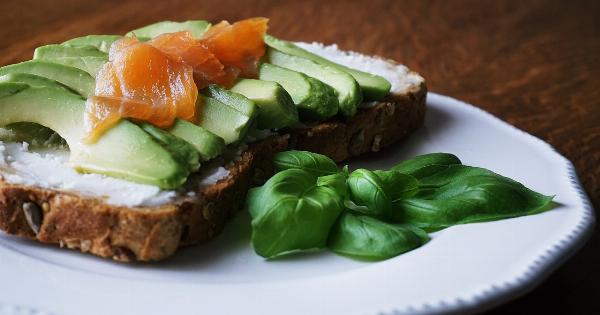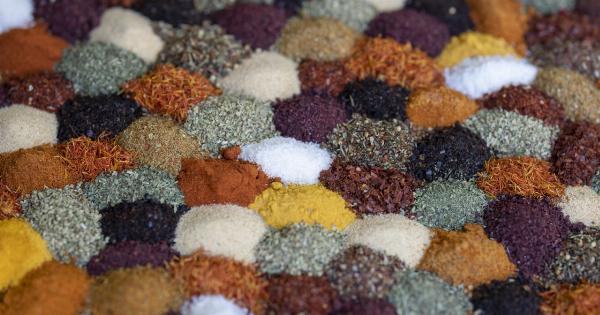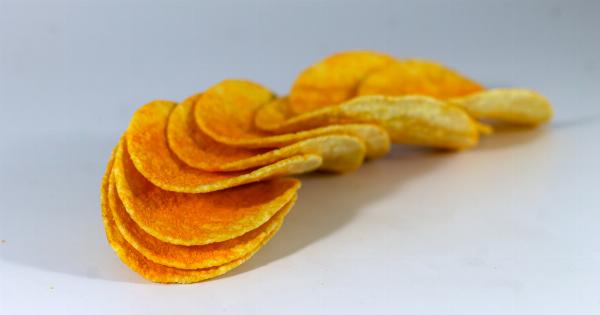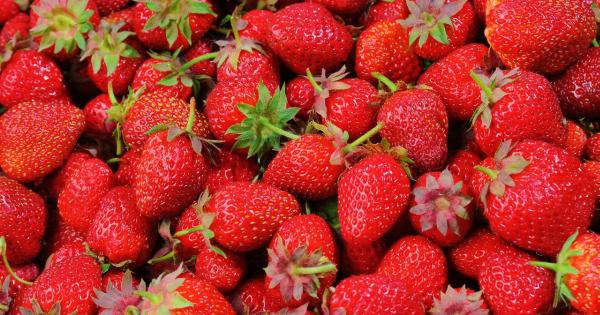When we think of “dietary” foods, we often assume they’re lower in calories because they’re marketed as healthy or weight loss products. The reality, however, is quite different.
Many products marketed as dietary, low-fat, and low-sugar are actually full of hidden sugars, fats, and other calorie-rich ingredients. These “dietary” foods can be just as unhealthy as regular products if you’re not careful. Here is a list of commonly seen dietary foods that may be hiding calorie pitfalls.
1. Granola Bars
Granola bars seem like a quick and easy snack, but many of them are high in sugar and calories.
Some of them are even higher in calories than a candy bar! Look for bars with fewer than 200 calories and at least three grams of fiber to get the most nutritional bang for your buck.
2. Yogurt
Yogurt is a great source of protein and calcium, but some yogurts are loaded with sugar. Check the labels carefully and choose plain, low-fat yogurt instead. Add in some fresh fruit for flavor and sweetness.
3. Smoothies
Smoothies can be a healthy and refreshing beverage, but many smoothies are filled with sugar and calories. Often smoothies sold at cafes have added sugar or syrup.
Make your own smoothie at home with plain yogurt, fresh fruit, and a small amount of honey.
4. Energy Bars
Energy bars are marketed as a quick and easy snack for people on the go. However, many of them are high in calories and sugar, and often contain added oils and sweeteners. Try to stick with bars that have fewer than 200 calories and are low sugar.
5. Salad Dressing
Salads are a healthy meal option, but salad dressings can quickly add unwanted calories and fat.
It’s easy to overdo it with ranch or Caesar dressing, but you can still enjoy your salad by using a vinaigrette or making your own dressing with ingredients like olive oil and vinegar or lemon juice.
6. Gluten-Free Foods
Gluten-free products have become very popular in recent years, but the reality is that many of them are just as high in calories and sugar as regular products. Don’t be fooled by the “gluten-free” label.
Read the labels carefully and choose products that are lower in calories, sugar, and added ingredients.
7. Veggie Chips
Veggie chips seem like a healthier option than regular potato chips, but many of them are fried and contain added oils and salts.
If you’re looking for a healthier snack, try making your own veggie chips by slicing up vegetables like sweet potatoes or kale and baking them in the oven.
8. Rice Cakes
Rice cakes are often marketed as a low-calorie snack, but the reality is that they’re pretty much just plain rice, which offers little nutritional value.
If you’re looking for a wholesome snack that’s low in calories and high in fiber, try air-popped popcorn or a piece of fruit instead.
9. Flavored Water
Flavored water and sports drinks are becoming increasingly popular, but many of them are high in added sugars and calories.
If you’re looking for a more refreshing drink than plain water, try infusing your own water with fresh fruit or herbs for a natural, low-calorie flavor boost.
10. Fruit Snacks
Fruit snacks can be a fun and tasty snack for both adults and kids, but they’re often loaded with sugar and artificial flavors.
If you’re looking for a healthier, more natural snack, try sliced fruit or homemade fruit bars made with real fruit.
Conclusion
Next time you’re shopping for food, don’t blindly trust marketing terms like “dietary,” “low-fat,” and “low-sugar.” These terms can be misleading, and many products that claim to be “healthier” are actually full of hidden calories. Instead, take the time to read labels and choose foods that are low in calories, high in fiber and protein, and free from added sugars and unhealthy fats.






























